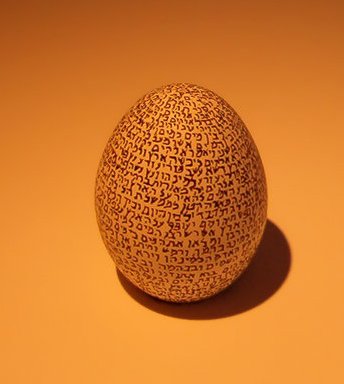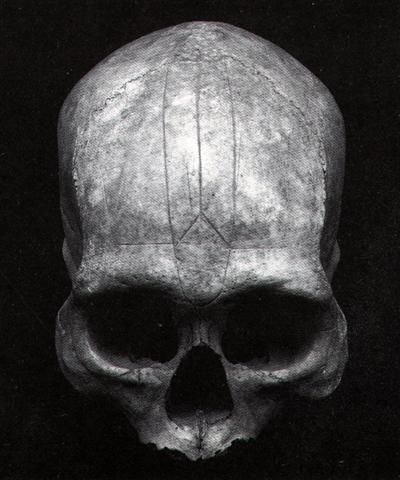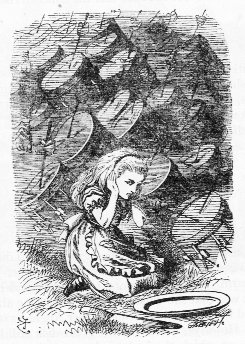220 ↔ 584 - 364. We have now arrived at the 5th (penta) point in the diagram (illustrating both winter and summer, rain and a clear sunny sky, straw and grass - both misseri). 5 = 10 / 2. 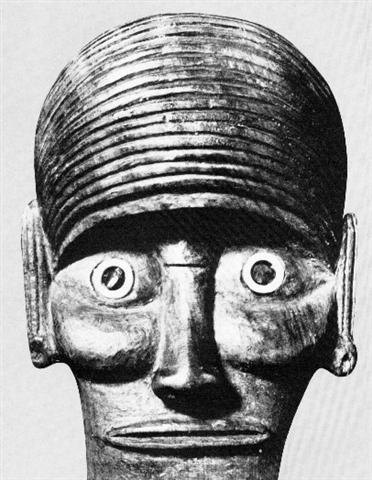
 The proper sign ought therefore to be Libra.
However, in the illustration below the 5th point is in Sagittarius: ... Men's spirits were thought to dwell in the Milky Way between incarnations. This conception has been handed down as an Orphic and Pythagorean tradition fitting into the frame of the migration of the soul. Macrobius, who has provided the broadest report on the matter, has it that souls ascend by way of Capricorn, and then, in order to be reborn, descend again through the 'Gate of Cancer'. Macrobius talks of signs; the constellations rising at the solstices in his time (and still in ours) were Gemini and Sagittarius: the 'Gate of Cancer' means Gemini ...
...
 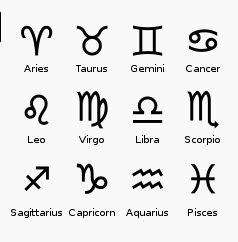 But in November 30 AD 1906 Venus had been at the head of the Scorpion constellation, which might be due to the precession but also because the pentagram was rolling backwards with a speed of approximately 2 days for every 8 years. Or, perhaps more to the point, the migration of the souls ruled it all. ... Far away, the Mangaians of old (Austral Islands, Polynesia), who kept the precessional clock running instead of switching over to 'signs', claim that only at the evening of the solstitial days can spirits enter heaven, the inhabitants of the northern parts of the island at one solstice, the dwellers in the south at the other ... Considering the fact that the crossroads of ecliptic and Galaxy are crisis-resistant, that is, not concerned with the Precession, the reader may want to know why the Mangaians thought they could go to heaven only on the two solstitial days. Because, in order to 'change trains' comfortably, the constellations that serve as 'gates' to the Milky Way must 'stand' upon the 'earth', meaning that they must rise heliacally either at the equinoxes or at the solstices. The Galaxy is a very broad highway, but even so there must have been some bitter millenia when neither gate was directly available any longer, the one hanging in midair, the other having turned into a submarine entrance ...
.jpg) However, there is no suitable star close by in the Scorpion and in order to calibrate a comparison with the G text we should rather use the star Yed Prior (Hand in Front) in the Serpent Carrier: 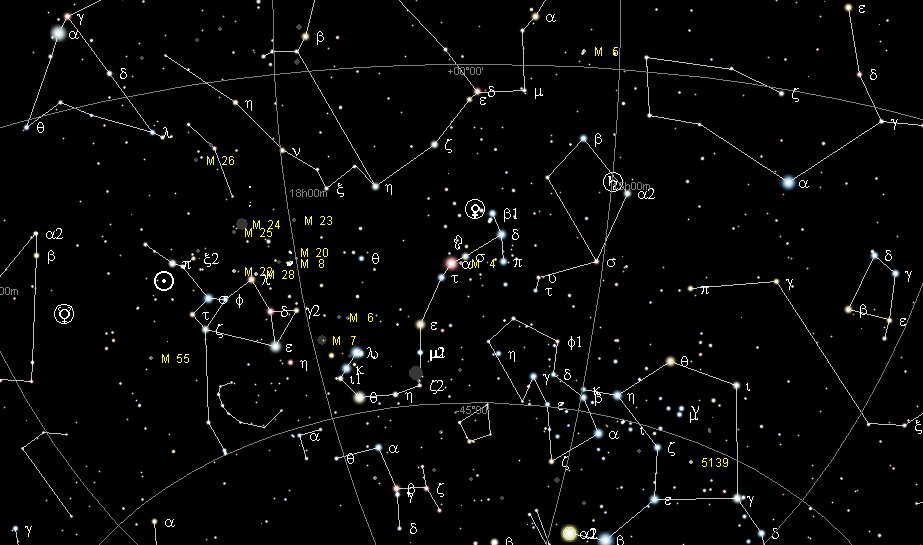
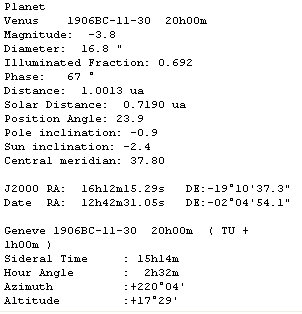 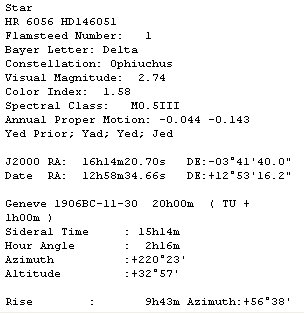
From the Egg (Beid, *62) to the Hand in Front (Yed Prior, *245) there were *183 right ascension nights. ... Long ago in the very beginning of time there dwelt within a shell an infant god whose name was Ta'aroa. He was Ta'aroa the unique one, the ancestor of all gods, the creator of the universe whose natures were myriad, whose backbone was the ridgepole of the world, whose ribs were its supporters. The shell was called Rumia, Upset. Becoming aware at last of his own existence and oppressed by a yearning loneliness Ta'aroa broke open his shell and, looking out, beheld the black limitless expanse of empty space. Hopefully, he shouted, but no voice answered him. He was alone in the vast cosmos. Within the broken Rumia he grew a new shell to shut out the primeval void ... From day 78 (MARCH 19) up to and including day 260 (SEPTEMBER 17) there were 183 days. As I remember it, although unable for the moment to give the reference, the whole bodily remains of Captain Cook was later returned, with the exception of his head and his hands → Beid and Yed.
... The most important of all drums, he said, was the armpit drum. The Nummo made it. It consists of two hemispherical wooden cups connected through their centres by a slender cylinder. It is like an hour-glass with a very long narrow neck. With this instrument tucked between his left arm and armpit, the drummer, by pressing on the hollow structure of thin wood, can tighten or relax the tension on the skins and so modify the tone. 'The Nummo made it. He made a picture of it with his fingers, as children do today in games with string.' Holding his hands apart, he passed a thread ten times round each of the four fingers, but not the thumb. He thus had forty loops on each hand, making eighty threads in all, which, he pointed out, was also the number of teeth of his jaws. The palms of his hands represented the skins of the drum, and thus to play on the drum was, symbolically, to play on the hands of the Nummo. But what do they represent? Cupping his two hands behind his ears, Ogotemmêli explained that the spirit had no external ears but only auditory holes. 'His hands serve for ears,' he said; 'to enable him to hear he always holds them on each side of his head. To tap the drum is to tap the Nummo's palms, to tap, that is, his ears.' Holding before him the web of threads which represented a weft, the Spirit with his tongue interlaced them with a kind of endless chain made of a thin strip of copper. He coiled this in a spiral of eighty turns, and throughout the process he spoke as he had done when teaching the art of weaving. But what he said was new. It was the third Word, which he was revealing to men ...
|
|||||||||||||||||||||||||||||||||||||||||||||||||||||||||||||||||||||||||||||||||||||||||||||||||||||||||||||||||||||||||||||||||||||||||





